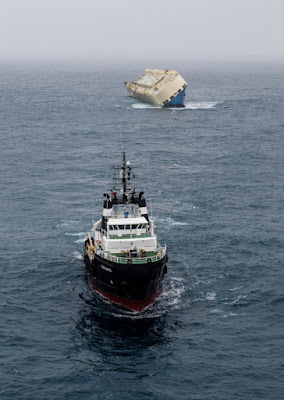Last night, on French TV, I watched a fascinating and highly disturbing show concerning the present-day dangers brought about by pesticides in France. I realized with horror that the situation was indeed far worse today than when Rachel Carson first evoked the "absence of birdsong", over half a century ago. The following map (created by the TV people themselves) provides us with a good idea of the intake of pesticides in the various French départements :
Click to enlarge
Click here to watch a lengthy replay of the French TV show.
Click here to watch a lengthy replay of the French TV show.
BREAKING NEWS: Today (Thursday, 4 Feb 2016), the French minister Ségolène Royal has reacted briefly but clearly and courageously to the alarming news evening on pesticides in France.
She started by revealing that she had often been in arguments with agrochemistry multinationals. "I ran into problems when combating the aerial spreading of pesticides. It was quite difficult." After mentioning her ban upon the Monsanto product Round-Up, described as a "very violent" pesticide, she concluded: "The lobby of the production of pesticides is very powerful in France." She then invited people on the land to reduce their use of pesticides "in their own interests, when we see the number of cancers among farmers who use pesticides." Then she concluded on a positive note: "We are now aware of the existence of substitution products in the case of dangerous pesticides. France could become the first nation for the production and consumption of substitution products that do no harm to public health."


















